I rode on the only 2 high-speed trains in the US, Brightline and Amtrak's Acela. Here's how they compare and which is more convenient.
Taylor Rains

- The US has two high-speed trains, including the 125-mph Brightline and the 150-mph Amtrak Acela.
- Brightline rides along Florida's East Coast while the Acela runs along the US' Northeast Corridor.
Brightline opened in September as only the second high-speed rail network in the US, cruising along 235 miles of track between Orlando and Miami at 125 mph.
Amtrak's Acela train is faster at up to 150 mph, bolting along the 457-mile Northeast Corridor between Washington, DC, and Boston.
I recently rode on both to see how they compare.
While I'm happy Brightline has opened to give locals and tourists more options along Florida's East Coast, I think Acela actually meets the expectations of a high-speed train.
My two recent high-speed rail trips were from Orlando to Miami on Brightline and Philadelphia to Stamford, Connecticut, on Amtrak.

The Amtrak covered 115 miles, while Brightline covered 235 miles.
The one-way Brightline ticket was more expensive at $79. Amtrak only cost $40, but the ride was half the distance of the one in Florida.
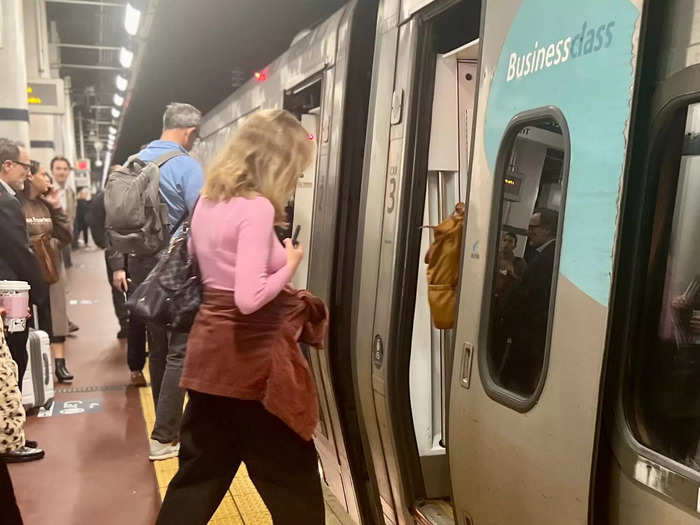
My Brightline ticket was "smart", the lowest fare, which comes with two carry-ons and a reserved seat. I got similar inclusions in business class, the lowest fare on Acela.
Station lounge access and onboard food and drinks cost extra in both cases.
Boarding both trains was seamless, though I did have to clear a basic security check for Brightline.
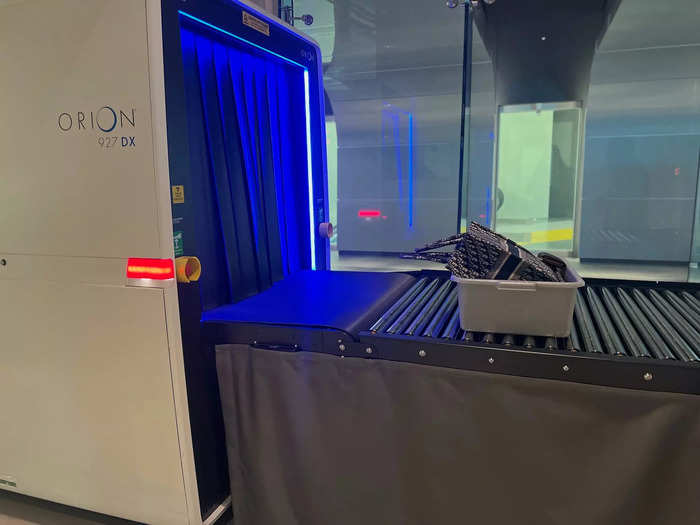
I had to scan myself and my bags before boarding the Brightline in Orlando, though it was much less invasive than airport security as I didn't have to take off my shoes or my headphones.
For Amtrak, I just walked on.
Onboard, I found a few distinct differences. But both were overall perfectly comfortable, with plenty of legroom and big tray tables.
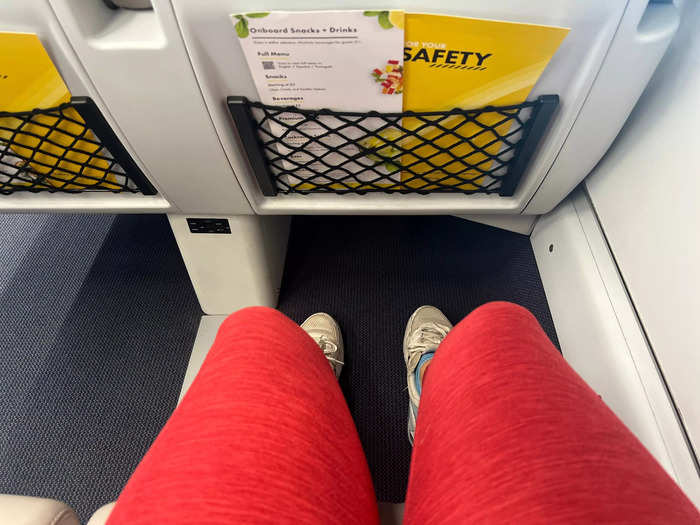
Both were easily better than cramped airplane seats.
I particularly loved Acela for its big, plush seats and the included footrest.
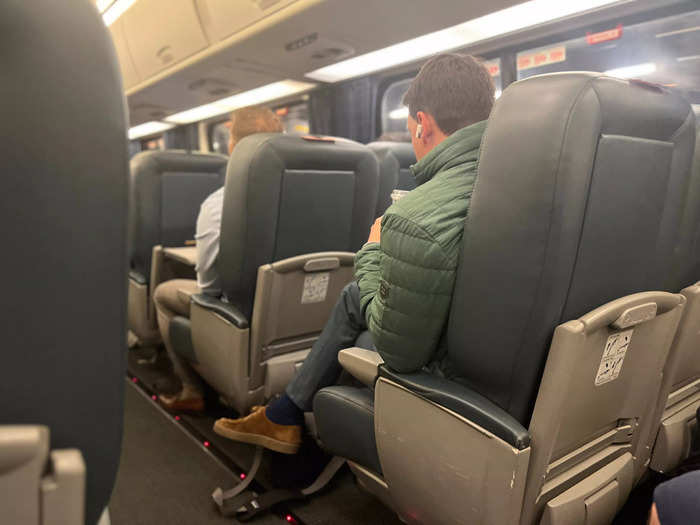
I also liked the darker color scheme inside the Acela, as well as the big and secure overhead luggage bins.
Brightline lacked a footrest, and the seats were slimmer.
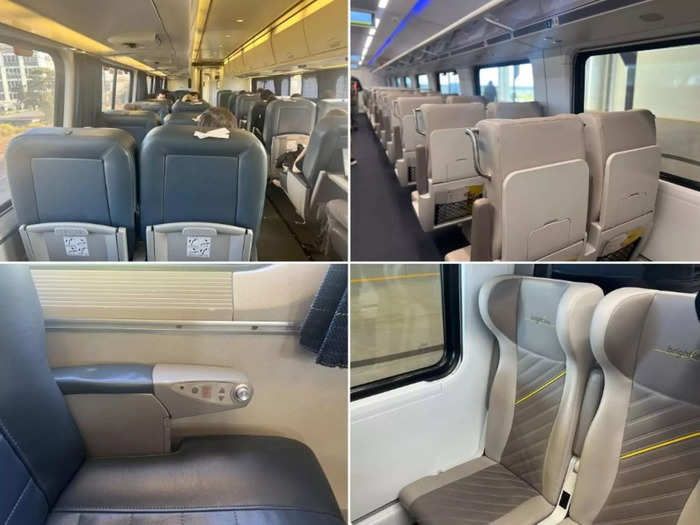
A footrest can be a game-changer on long rides and something I definitely look for on trains.
However, I did appreciate the power port being easily accessible to every seat on Brightline.
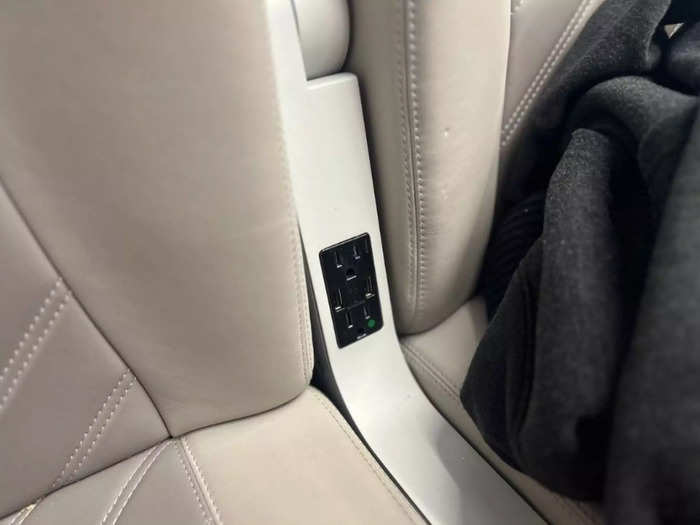
Brightline has several power ports both under the seats and on the back of them.
Amtrak's power ports are located under the window, so they are harder to reach from the aisle seat.
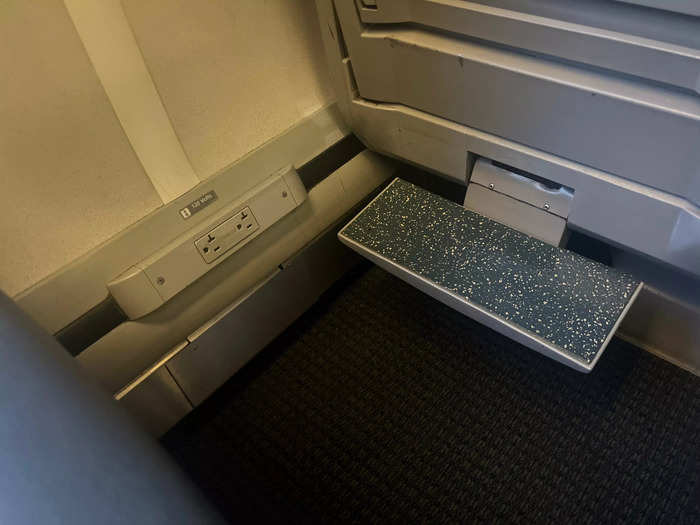
I always try to get a window seat when riding on the Amtrak for this reason alone, especially if I'm working and need to power my laptop.
If I get stuck with an aisle like I did this ride, I make sure to board with my laptop already fully charged. But I also don't mind reaching over my window seat neighbor if I have to; it's just an inconvenience.
train is considered high-speed when it travels at 124 mph or more.
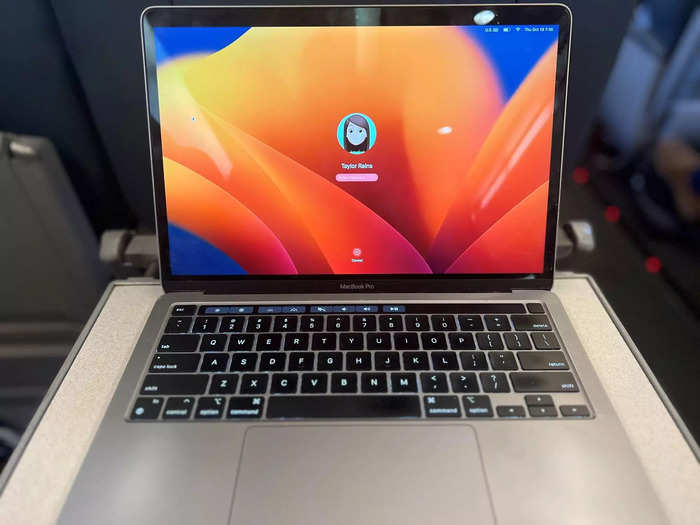
Acela's plush seats, footrest, and curtains made the experience more comfortable compared to Brightline.
Not only was the Acela more comfortable, but it actually felt "high-speed."
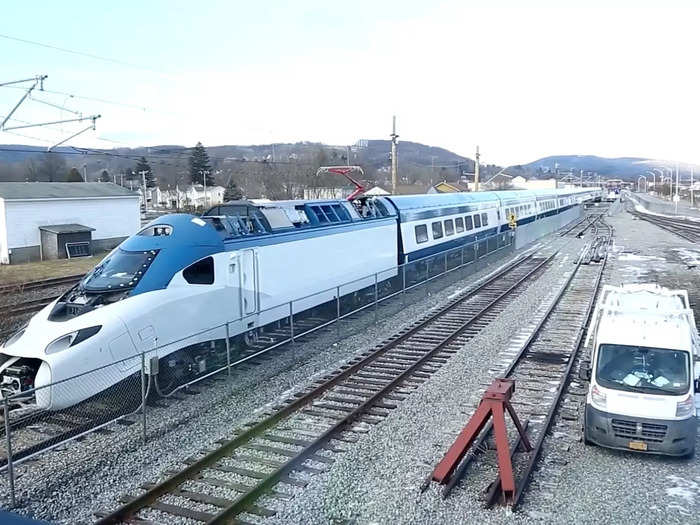
I think Acela is more of a true "high-speed" train compared to Florida's Brightline.
A train is considered high-speed by most organizations when it travels at around 125 mph or more.
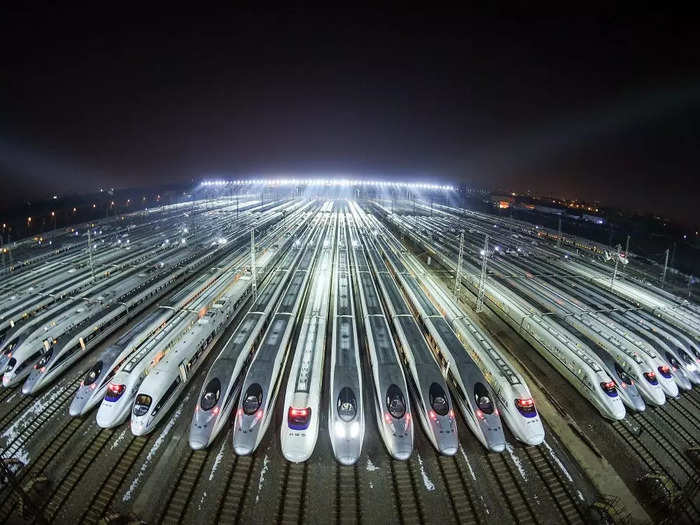
The world's fastest high-speed trains travel at over 250 mph.
This means Brightline's 125-mph train barely makes the cut.
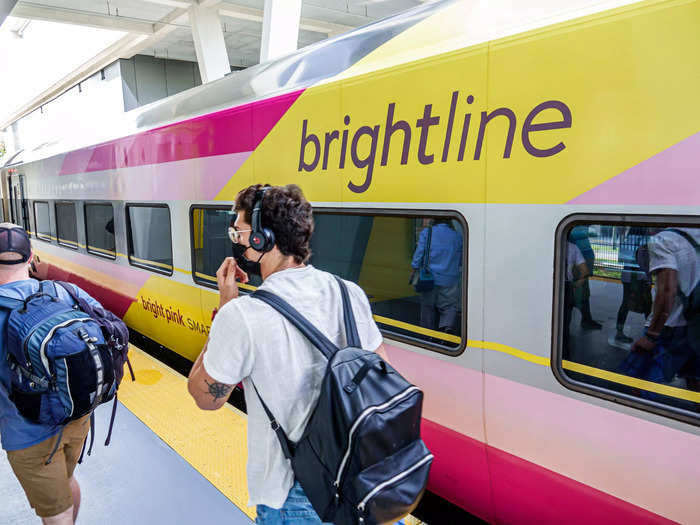
It only reaches that speed during the section between Orlando and West Palm Beach. But it still is technically high-speed.
And the travel time doesn't shave off that much time compared to driving.
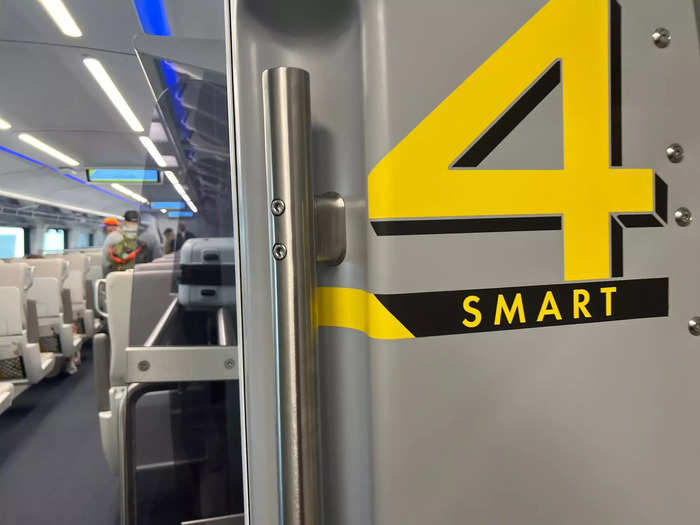
According to Google Maps, the drive between the stations at midday on a Tuesday is about three hours and 20 minutes — 20 minutes shorter than Brightline.
Granted, the train may be more convenient when rush hour traffic clogs Florida's I-95.
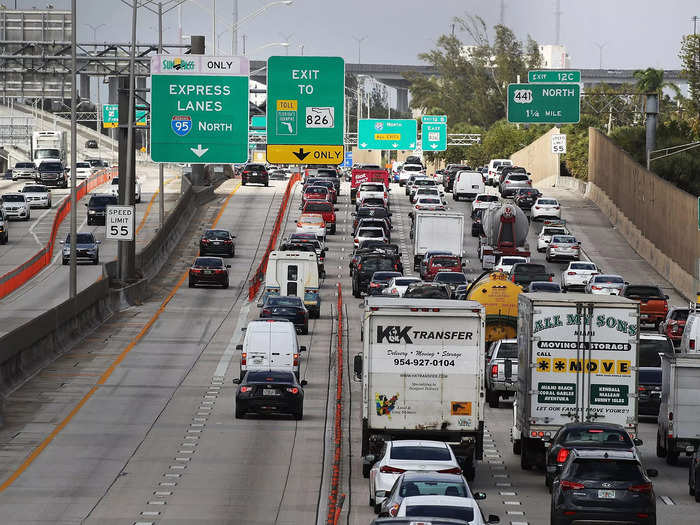
Traffic can make the drive last up to four hours, according to Google.
So, Brightline may be more convenient than driving, especially for those who hate battling traffic or prefer to pass the time with Netflix or a book.
However, I don't think the $79 is worth taking the Brightline on a regular basis.
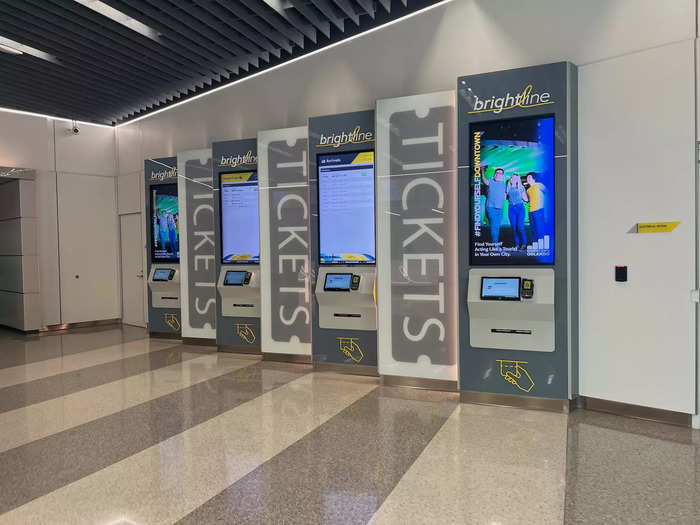
You also have to take into account commute time to and from each station, parking time, and getting to the train early for boarding.
Brightline does serve cities like West Palm Beach and Fort Lauderdale for a lot cheaper, though.
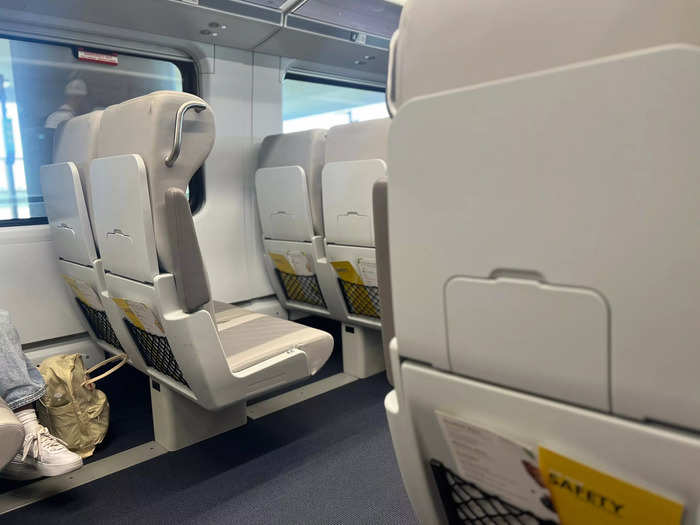
I can imagine the $15 tickets between Fort Lauderdale and Miami are a useful alternative to driving
But those routes also don't cut out time like the Acela does.
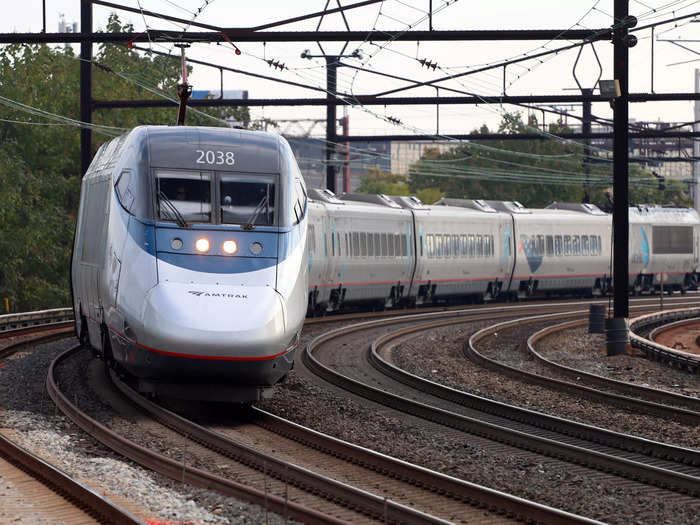
The Brightline takes 41 minutes between the Fort Lauderdale and Miami train stations — driving takes 35-50 minutes, according to Google.
In Amtrak's case, a short hop from Washington, DC ,to Baltimore typically takes about an hour or more to drive, while the Acela only takes about 30 minutes for as little as $17.
Amtrak's ultra-speedy Acela got me from Philadelphia to Stamford in about two hours.
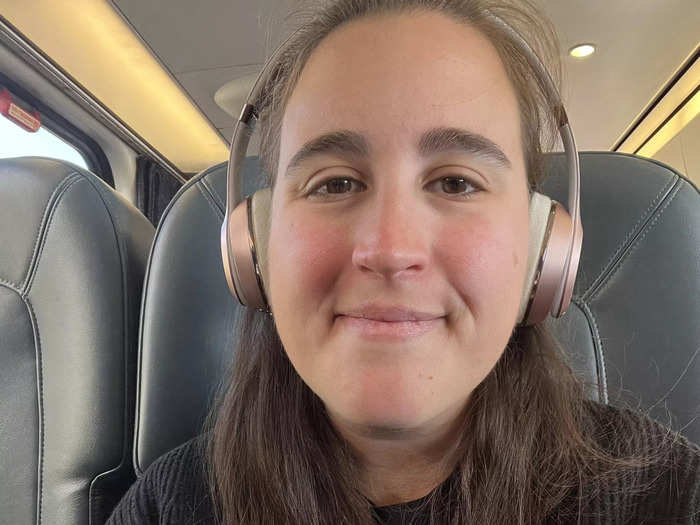
This included a stop at New York's Moynihan Train Hall station.
This was significantly faster than if I drove, especially through New York's congested streets and highways.
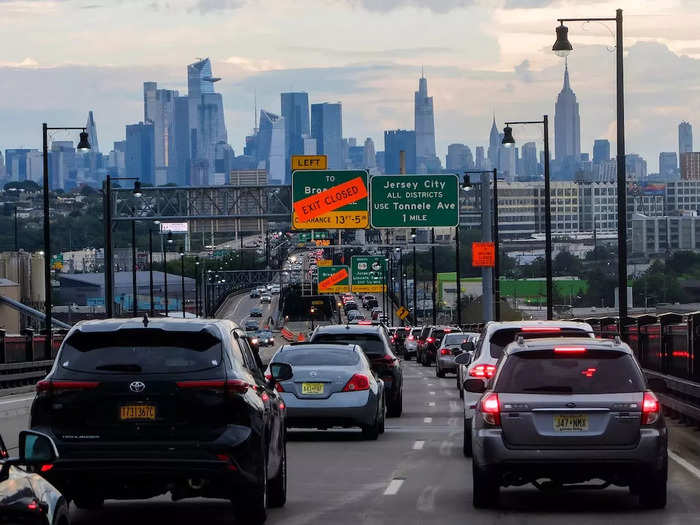
According to Google Maps, driving could take about two and a half hours if the conditions were perfect — no weather, no traffic, just open road.
However, that combination is nearly impossible in New York City.
Not only would traffic add up to one and a half hours of extra driving, I don't even want to drive in NYC if I can avoid it.
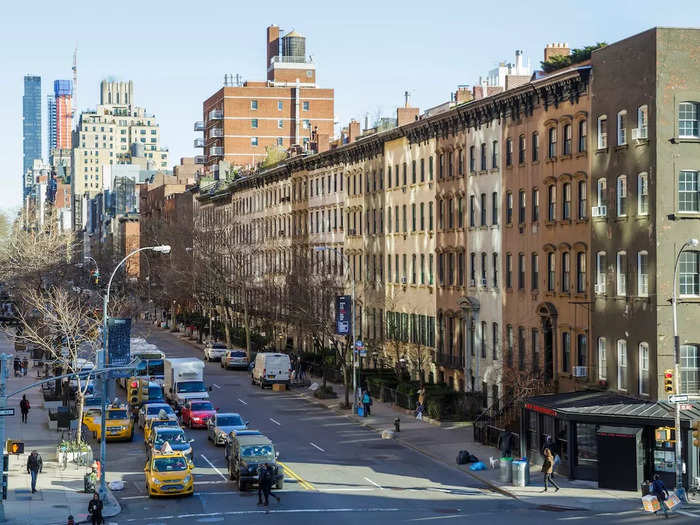
I grew up in Florida. I know how to drive on those roads and battle the chaos of I-95. But that's child's play compared to Manhattan.
NYC roads are congested, the lanes are narrow, and everyone is aggressive. It's more stressful than it's worth sometimes.
Because of this, I think Acela better fits the bill of a time-saving high-speed train. And the ride was only $40.
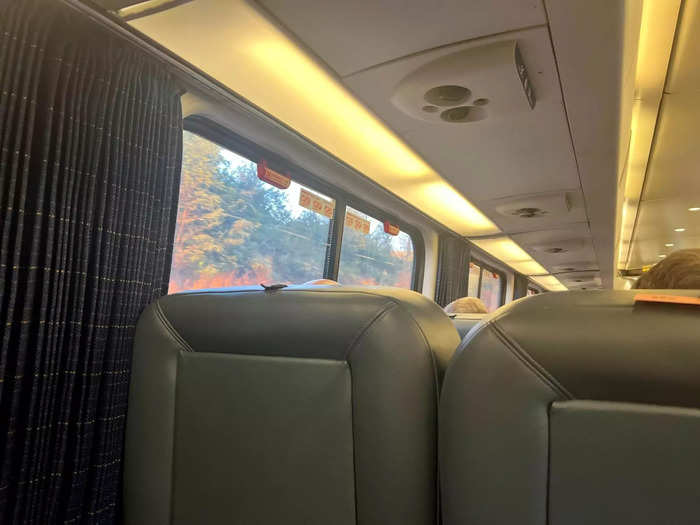
I think the $40 ride was maybe a lucky break, but I bought it only a few days before departure, so there are opportunities to get cheap seats.
Granted, I know the ride can cost over $200 one-way and even more on the longest route between DC and Boston.
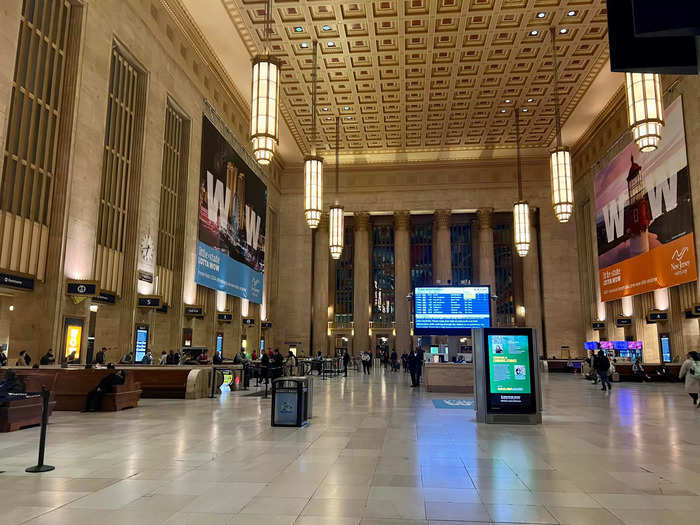
First class seats can reach over $400, which includes a more comfortable setting compared to business class, as well as complimentary meals and drinks.
But the time-savings make the sometimes hefty price tag of Amtrak more reasonable.

The DC to Boston train ride takes about six hours and 50 minutes. And that's with the Acela not even reaching its full speed potential on most parts of the route due to the old and fragile infrastructure.
According to Google Maps, the drive time at noon on a Tuesday takes about eight hours. Five o'clock traffic could add another two hours.
Overall, I felt Acela better represented what I envision of high-speed rail, though it's still leagues behind countries in Europe and Asia.
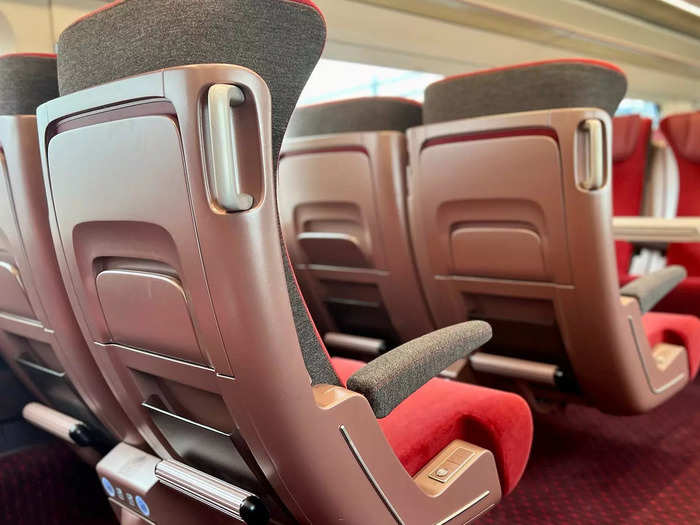
Brightline was nice, comfortable, and convenient, but I wouldn't consider it a faster option unless there's an accident on I-95.
Acela, on the other hand, easily shaved off driving time. But it still has a long way to go to catch up to the robust rail networks in Europe and Japan, where people regularly train over driving or flying.
It's more realistic to opt for the Acela over driving if I'm in the Northeast. If I still lived in Florida, I'd nearly always choose my car.
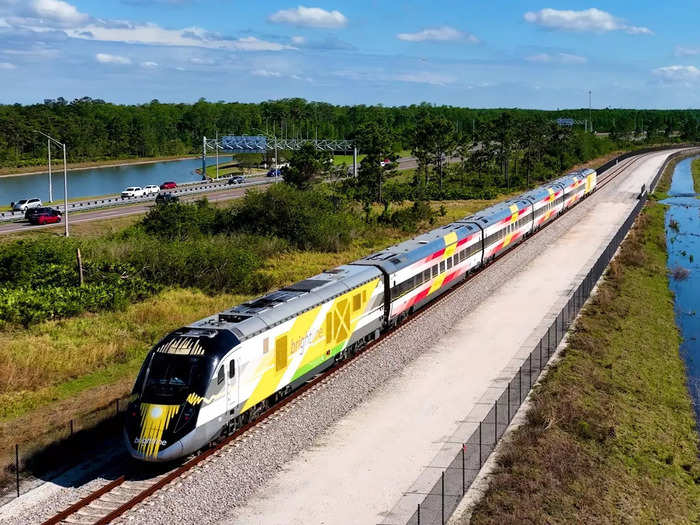
I also have to take into account traveling around my destination city. If I'm in Northeast cities like NYC, Philadelphia, DC, or Boston, there's ample transport to get around without a car.
On the other hand, Orlando, Miami, Fort Lauderdale, and West Palm Beach are car-reliant, and I'd need to rely on the bus, a friend, or a rideshare to get around. At that point, I might as well rent a car anyway.
Popular Right Now
Popular Keywords
Advertisement